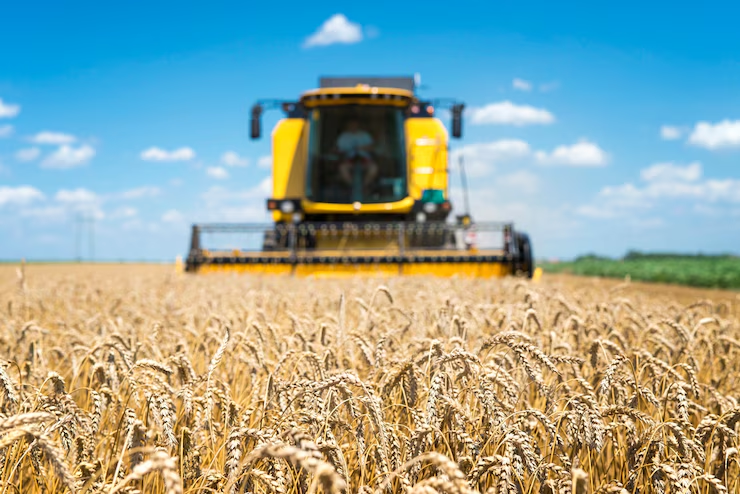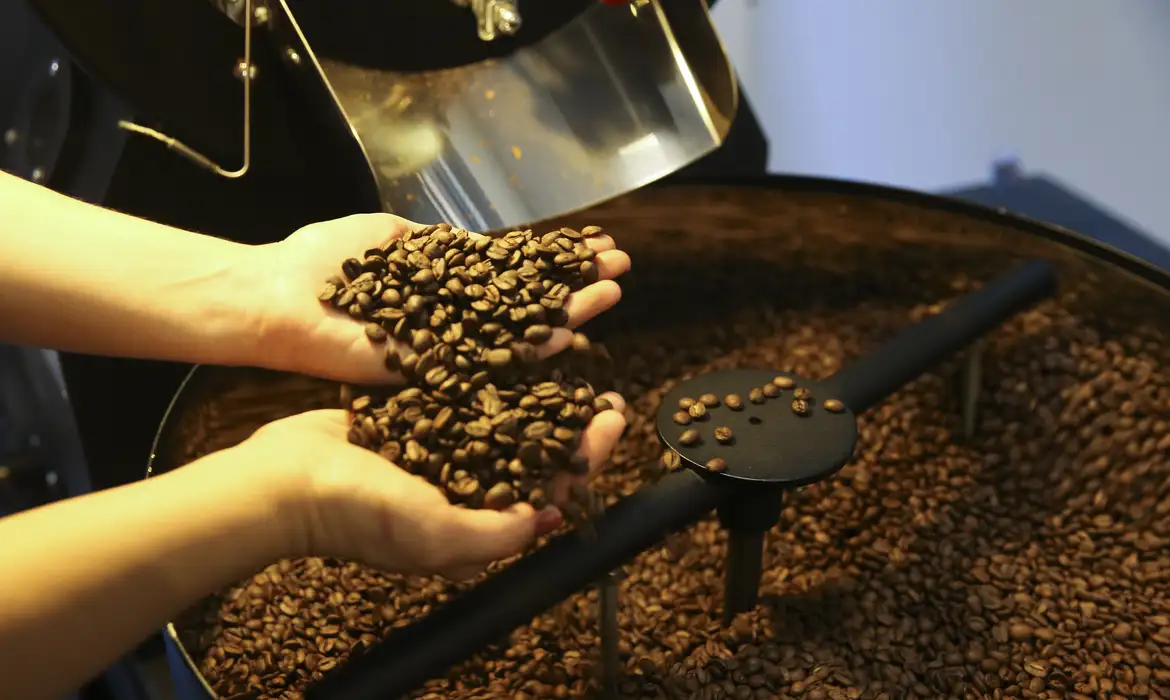Good productivity of the summer crop allows Paraná to return to good production levels

“These good yields allowed the state to return to the good production levels that we had been registering year after year and which was broken in the previous harvest due to the drought. So for soybeans, which continue to be our summer flagship, 22.5 million tons were produced — and first crop corn, 3.8 million tons,” he explains.
The technique reinforces that the first corn crop has a lower production, as producers choose to plant more soybeans and increase corn production in the second crop. Paraná leads the production of beans. And the product had a production of around 200 thousand tons in this harvest.
According to Kowalski, the resumption of good levels of production in the state in the summer season is mainly due to the favorable climate, since in the previous season, episodes of drought and dry spells hindered production. “So the climate helped the producer to plant in the right conditions and to have mainly rain throughout the period, throughout the harvest so that the crop could develop well”, he assesses.
The perspectives for corn second crop are good, as the rains of the last few weeks in the state provided a better development of crops. The technician explains that as the crop was implanted a little late, the winter could hinder the development of the oleaginous plant.
“We had a reduction in the corn area due to the delay in planting, so many areas could not be planted within the appropriate zoning period. There was a large migration from the area that would be dedicated to corn second crop to wheat. Wheat is occupying an approximate area of 1.4 million hectares and had an increase of 12% in this harvest compared to the previous one, ”he clarifies.
Kowalski assesses that the first major factor of concern for producers at this moment is the decrease in the selling prices of their products such as soy, corn, wheat and beans. Despite the high yields of these crops, costs were high, resulting in lower profitability for producers.
“Many producers will not be able to cover their full cost and some even not even the operating cost. So this market factor is what producers are most concerned about at the moment”, he comments.
The technique exposes that the announcement of the Harvest Plan generates great expectations in the market, as it allows the producer to access resources and, mainly, lower interest rates through rural credit, making their production more viable.
See more:
MG: growth of 1.4% is expected in the fiber harvest
Winter cereal producers, in Paraná, should be aware of the possibility of damage with late frosts
By Brasil 61




